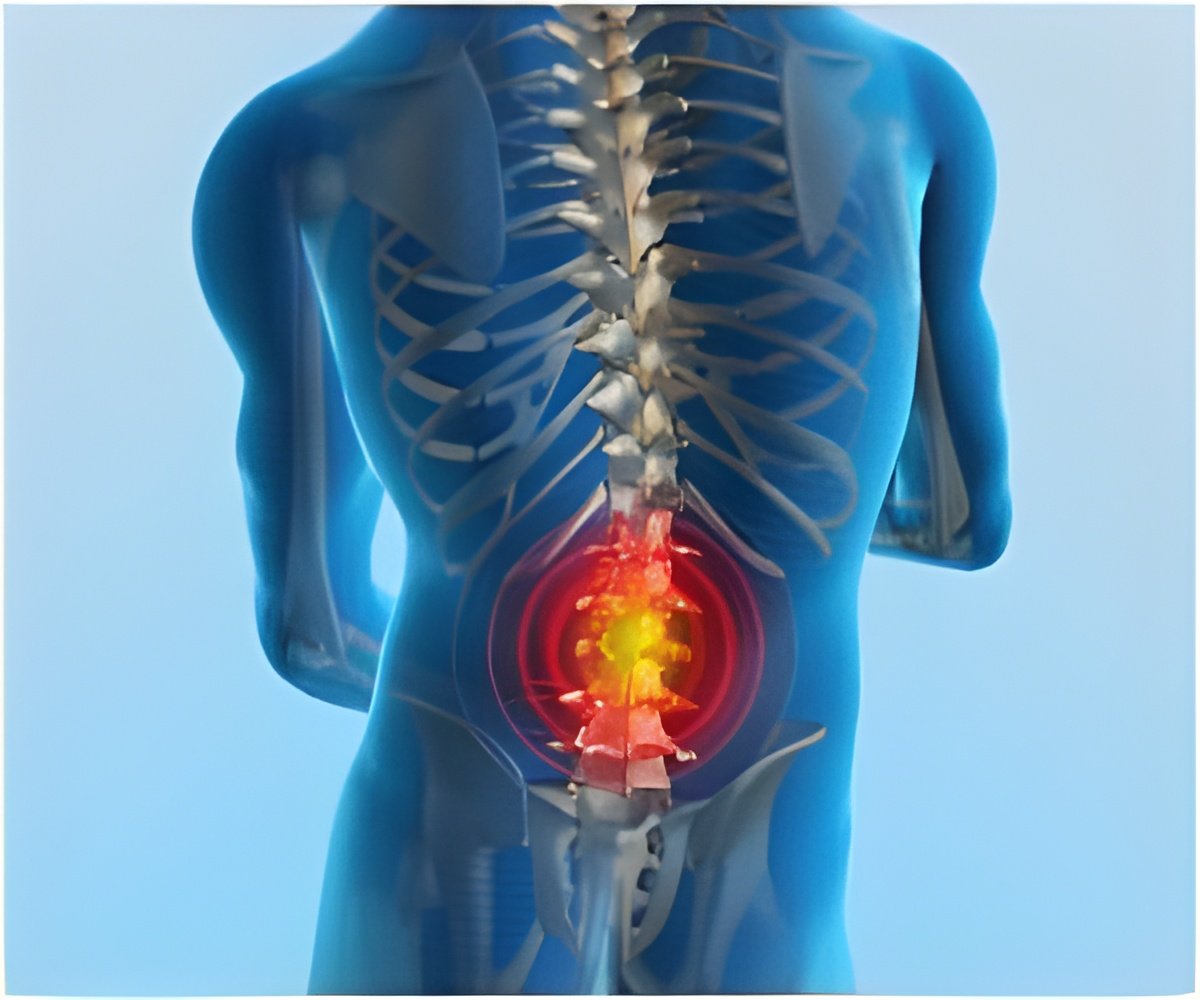Previous research has shown that transient receptor potential channel A1 is one of the important transducers of noxious stimuli in the primary afferents. The latter may contribute to generation of neurogenic inflammation and hyperalgesia.
However, there is no direct evidence that activation of transient receptor potential channel A1 contributes to neuropeptide release from primary afferent neurons. A recent study by Yi Dai and team from Hyogo College of Medicine in Japan demonstrated for the first time that allyl isothiocyanate (AITC; also known as mustard oil) activates transient receptor potential channel A1, resulting in calcitonin gene-related peptide release from the cultured rat dorsal root ganglion neurons. Knockdown of transient receptor potential channel A1 with an antisense oligodeoxynucleotide prevented calcitonin gene-related peptide release by allyl isothiocyanate application in cultured dorsal root ganglion neurons. Thus, the researchers concluded that transient receptor potential channel A1 activation caused calcitonin gene-related peptide release in sensory neurons. These findings were published in the
Neural Regeneration Research (Vol. 8, No. 32, 2013).
Source-Eurekalert
